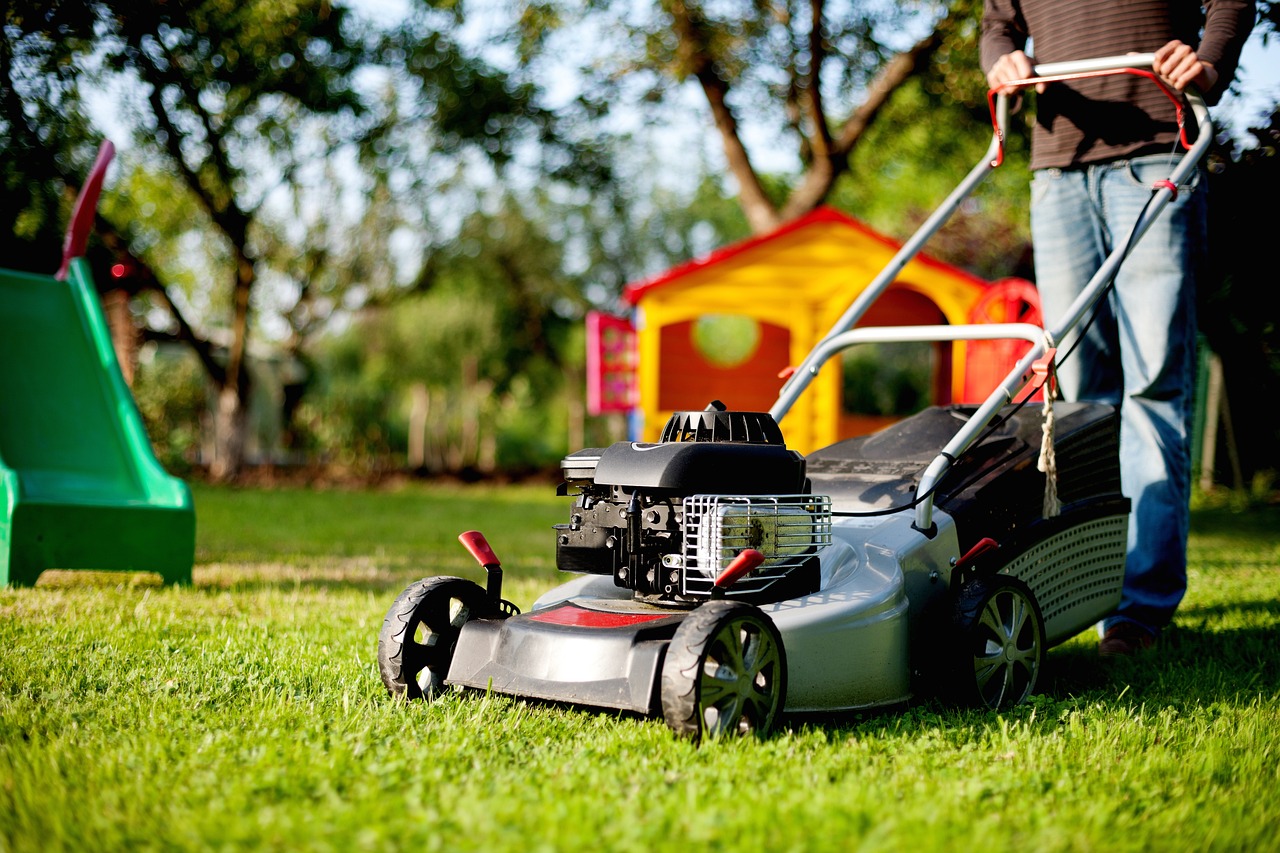Introduction
In today’s economy, every penny counts, and finding ways to cut down on expenses can be crucial. One often overlooked way to save is by taking on the task of lawn mowing yourself. Opting out of professional lawn care services and embracing the DIY spirit can not only save you a significant amount of money but also offer unexpected health and environmental benefits. Let’s dive into the financial perks of mowing your own lawn and discover why it might just be the weekend activity you didn’t know you needed.
The Costs of Professional Lawn Care
Hiring a lawn care service might seem like a convenient option, but convenience comes at a price. The cost of professional lawn mowing services can vary widely, typically ranging from $30 to $80 per visit, depending on your lawn’s size and the frequency of service. For a small to medium-sized lawn, this can add up to around $120 to $320 a month during the growing season—money that might be better spent elsewhere.
Initial Costs of Self Lawn Mowing
Starting your lawn mowing journey requires some initial investment, primarily your lawn mower. Depending on your needs, a new mower can cost anywhere from $150 for a basic push mower to over $500 for a high-end riding mower. Additional tools like trimmers and edgers might also be necessary, adding to the initial cost. However, these expenses are generally one-time or infrequent and should be viewed as long-term investments.
Ongoing Costs and Maintenance
The ongoing costs of mowing your lawn yourself are minimal compared to hiring professionals. These costs include gas for a gas-powered mower or electricity for an electric mower, occasional replacement parts, and basic maintenance tools like oil and air filters. Maintaining your mower is crucial and involves routine tasks like blade sharpening and engine checks, which can often be done at home with little expense.
Calculating Your Savings
To understand the real savings, consider that the average cost of professional lawn care services for a season (April to October) can easily exceed $1,000. In contrast, the annual costs for DIY mowing—factoring in gas, maintenance, and even amortizing the cost of a mower over several years—will likely be less than half of that amount.
Additional Financial Benefits
Besides the direct savings, mowing your lawn can also eliminate the need for a gym membership. Regular lawn mowing involves walking, pushing, and sometimes lifting, providing a good cardiovascular workout. Furthermore, taking pride in maintaining your lawn can enhance your home’s curb appeal, potentially increasing its market value.
Environmental and Health Benefits
By mowing your own lawn, you reduce the need for professional services that often use large, fuel-heavy vehicles, thus cutting down on fossil fuel usage and emissions. Additionally, spending time outdoors mowing your lawn increases your exposure to sunlight and vitamin D, while the physical activity involved can improve cardiovascular health.
Conclusion
The decision to take up self lawn mowing is not just a financially sound choice but also an environmentally friendly and health-conscious one. It’s a wonderful way to stay active, enjoy the outdoors, and take control over the aesthetics of your home environment.
Call to Action
Consider your own lawn care needs and whether investing in a mower could cut down on your expenses in the long term. If you’re ready to take the plunge, start researching the type of equipment that would best suit your lawn and budget. Share your experiences and this article with neighbors and friends—perhaps you’ll inspire them to take up self lawn mowing too!
